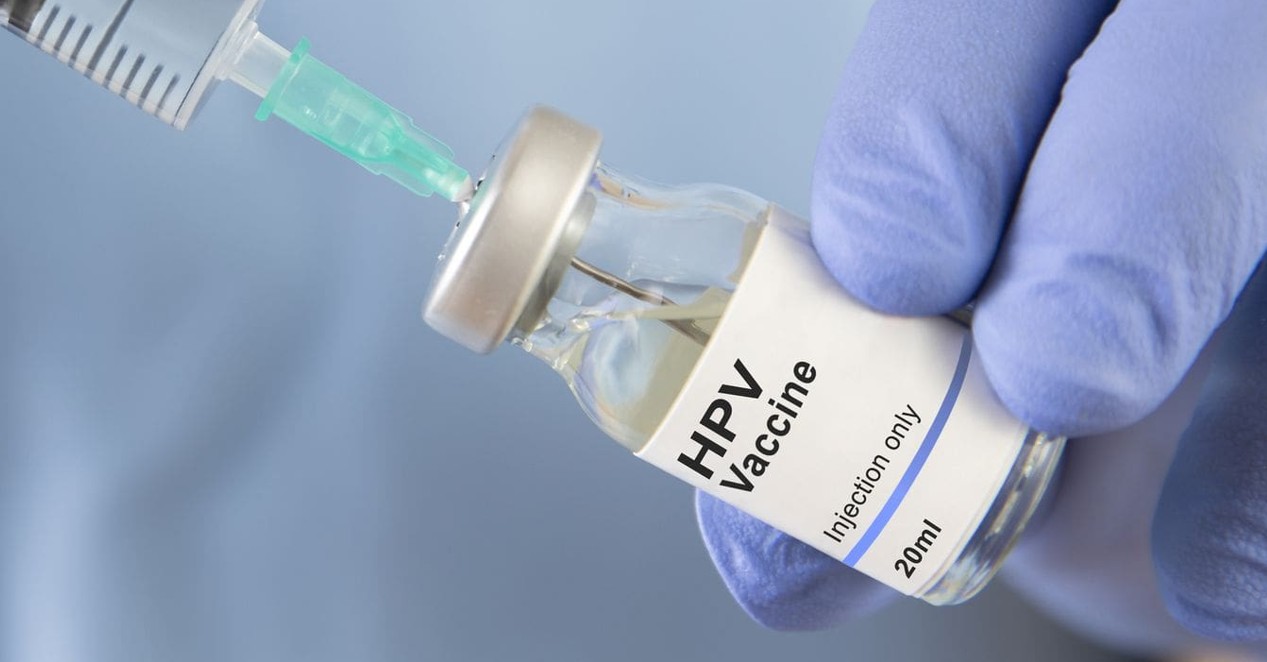HPV blood test shows promise for early detection of multiple cancers, study finds

This is the first time researchers have shown that HPV-associated cancers can be accurately detected in individuals who show no symptoms, many years before a clinical diagnosis.
Although human papillomavirus (HPV) is most commonly recognised as the primary cause of cervical cancer, it is also responsible for several other types of cancer that affect both women and men. HPV comprises over 200 related viruses, with a subset classified as high-risk due to their potential to cause cancer.
A recent study published in the Journal of the National Cancer Institute highlights the potential of a blood test to detect asymptomatic cancers. Researchers from Mass General Brigham developed a liquid biopsy test known as HPV-DeepSeek, which can identify HPV-related head and neck cancers up to ten years before symptoms appear. This breakthrough offers the possibility of significantly earlier diagnosis, which may improve treatment outcomes and reduce the need for aggressive interventions.
More To Read
- Kenya reports progress in HPV vaccination, still short of WHO target
- 10 runners race up Mt Kenya in 10 hours to honour women lost to cervical cancer
- Kamukunji rallies against vaccine myths as leaders take immunisation door-to-door
- How Kenya's adoption of single-dose HPV vaccine could boost fight against cervical cancer
- Understanding the gaps: Why HPV vaccine uptake in Kenya remains worryingly low
- Kamukunji faces vaccine crisis as over 12,000 children miss routine immunisation
Globally, head and neck cancers rank among the most prevalent forms of cancer. The World Health Organisation estimates that there are approximately 900,000 new cases and 450,000 related deaths each year.
Head and neck cancers
In the United States, HPV is responsible for about 70 per cent of all head and neck cancers, making it the most common cancer type associated with the virus.
Rates of these cancers are rising, yet unlike cervical cancer, which has well-established screening tools, there are currently no standardised methods for detecting HPV-related head and neck cancers at an early stage.
As a result, many patients are diagnosed only after their tumours have grown significantly and begun spreading to nearby lymph nodes, often producing symptoms. By that point, treatments tend to be more invasive and carry lasting side effects. The development of screening tools that detect these cancers much earlier could allow for timely intervention.
Accurately detected
This is the first time researchers have shown that HPV-associated cancers can be accurately detected in individuals who show no symptoms, many years before a clinical diagnosis. Tools like HPV-DeepSeek could allow clinicians to catch these cancers at their earliest and most treatable stages, ultimately improving both survival rates and quality of life.
HPV-DeepSeek uses advanced genetic sequencing to find tiny pieces of HPV DNA that come from tumours and float in the blood.
In the study, researchers tested 56 stored blood samples—28 from people who later developed HPV-related head and neck cancer and 28 from healthy individuals.
The test found HPV DNA in 22 of the 28 people who got cancer, and it didn't detect HPV in any of the healthy people, showing it was very accurate.
When the test was improved with machine learning, it identified 27 out of 28 future cancer cases correctly. Impressively, HPV DNA could be found in some blood samples up to 10 years before the cancer was diagnosed. The amount of HPV DNA also increased as the cancer got closer to being diagnosed, matching how the disease naturally progresses.
These results suggest that HPV-related cancers release viral DNA into the blood years before symptoms appear, giving a chance for early detection and treatment.
Limitations
However, the study has some limitations. It involved a small number of stored samples instead of testing people in real time. While there were no false positives in healthy people, larger and more varied groups need to be studied to confirm how accurate the test really is.
Also, HPV-DeepSeek can't tell where the cancer is located, so if the test is positive, doctors would still need to do scans and other exams. Like other early detection tests, it might lead to overdiagnosis, unnecessary treatments, or stress. Most importantly, it's not yet proven that this test can lower death rates or improve long-term health in large clinical trials.
The test shows strong potential as a future screening or monitoring tool, particularly for individuals at elevated risk of developing HPV-related cancers. If further studies confirm its accuracy, safety, and cost-effectiveness, HPV-DeepSeek could play an important role in shifting HPV-related cancer detection to earlier, more treatable stages, ultimately leading to less invasive treatment and better survival rates.
The most dangerous types, particularly HPV-16 and HPV-18, account for the majority of HPV-related cancers. HPV is extremely common and is typically transmitted through sexual contact. In most individuals, the virus is cleared naturally by the immune system. However, in some people, the infection persists and can lead to the development of cancer over time.
Beyond cervical cancer, HPV can cause oropharyngeal cancer, which affects the back of the throat, including the base of the tongue and tonsils. This type of cancer is strongly associated with HPV-16 and is now the most common HPV-related cancer in the United States, particularly among men. It is believed that transmission often occurs through oral sex or deep kissing.
Anal cancer
HPV is also a major cause of anal cancer, primarily linked to HPV-16. This cancer is more likely to occur in individuals who engage in receptive anal sex, people living with HIV, men who have sex with men, and women with a history of cervical or vulvar precancerous lesions.
Similarly, penile cancer in men can be caused by high-risk HPV types, with HPV-16 and HPV-18 being the most common. This cancer is more prevalent in regions with lower rates of circumcision and limited access to HPV vaccination or regular health screening.
In women, HPV can also cause vulvar and vaginal cancers. Vulvar cancer affects the external genital area and is commonly associated with HPV-16 and HPV-18. It often occurs in older women, but HPV-related cases can also develop in younger individuals. Vaginal cancer, although relatively rare, is another HPV-linked cancer, with HPV-16 being the primary type responsible.
According to estimates from health organisations like the CDC, more than 99 per cent of cervical cancer cases are caused by HPV.
Around 90 per cent of anal cancers, 70 per cent of oropharyngeal cancers, 75 per cent of vaginal cancers, 70 per cent of vulvar cancers, and approximately 60 per cent of penile cancers are also attributed to HPV. Among these, HPV-16 is the most common type involved.
Preventable through vaccination
Fortunately, HPV-related cancers are largely preventable through vaccination. Vaccines such as Gardasil 9 protect against several high-risk HPV types, including 16, 18, 31, 33, 45, 52, and 58.
Vaccination is most effective when administered before individuals become sexually active, ideally between the ages of 9 and 14. However, it also benefits older adolescents and young adults. Both boys and girls are advised to get vaccinated, as it protects against a wide range of HPV-related cancers across sexes.
For cervical cancer, screening methods such as Pap smears and HPV testing have been effective in detecting precancerous changes early, allowing for timely treatment.
However, for most other HPV-associated cancers — such as those of the throat, anus, penis, vulva, and vagina — there are currently no routine screening programs.
This makes prevention through vaccination even more important. In certain high-risk populations, such as men who have sex with men or individuals living with HIV, anal Pap testing may be considered, but this is not yet standard practice worldwide.
HPV is a significant cause of cancer that extends well beyond the cervix. While cervical cancer has long been the focus of screening and prevention efforts, it is important to recognise that HPV is also a major cause of other cancers that are often harder to detect early.
Top Stories Today
Reader Comments
Trending















































